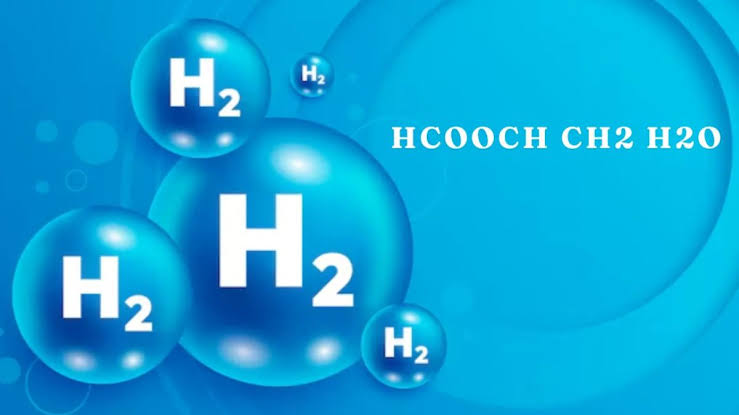HCOOCH CH2 H2O: Understanding This Chemical Reaction

Chemical reactions play a crucial role in various scientific fields, from organic chemistry to industrial applications. One such reaction involves HCOOCH CH2 H2O, which may seem complex at first but holds significant chemical importance. This article explores the properties of these compounds, their interactions, and potential applications in different industries.
Breaking Down the Components
To understand the reaction, let’s examine each component individually:
- HCOOCH (Methyl Formate)
Methyl formate (HCOOCH₃) an ester commonly used in industrial processes. It has a fruity odor and found in certain natural products. The compound often used in:
Fragrance and flavor production
Organic synthesis
As a solvent in various industries
- CH₂ (Methylene Group)
The methylene group (-CH₂-) is an essential component in organic chemistry. It serves as a reactive intermediate in various chemical reactions, forming part of hydrocarbons, polymers, and other organic molecules.
- H₂O (Water)
Water is a universal solvent and plays a crucial role in hydrolysis reactions, where compounds break down due to the presence of water molecules. In this reaction, water can act as a reactant or a medium, influencing the reaction outcome.
Possible Reactions and Their Implications
The reaction between HCOOCH CH2 H2O could involve hydrolysis, polymerization, or intermediate formation, depending on conditions such as temperature, catalysts, and pressure. Here are a few potential interactions:
- Hydrolysis of Methyl Formate
One common reaction involving HCOOCH and H₂O is hydrolysis, which produces:
HCOOCH₃ + H₂O → HCOOH + CH₃OH
This reaction leads to the formation of formic acid (HCOOH) and methanol (CH₃OH), both of which have significant industrial applications.
- Interaction with Methylene (CH₂)
The methylene group (CH₂) is highly reactive, often participating in polymerization or addition reactions. When introduced to HCOOCH and H₂O, it could:
Form new organic compounds
Serve as an intermediate in synthetic reactions
Participate in fuel or pharmaceutical applications
- Industrial Applications of This Reaction
Depending on how the reaction is controlled, its products can be used in various industries, including:
Pharmaceuticals: The reaction may contribute to drug synthesis.
Agriculture: Some products can be used in pesticides or fertilizers.
Energy Sector: Organic intermediates may be used in biofuels or renewable energy solutions.
Conclusion
The reaction between HCOOCH, CH₂, and H₂O involves important chemical transformations that impact industrial and scientific applications. Whether through hydrolysis, polymerization, or organic synthesis, this reaction has broad relevance in chemistry. Understanding these interactions can help scientists develop new materials, optimize production processes, and explore innovative applications in various fields.
Would you like a more in-depth explanation of any aspect of this reaction? Let me know in the comments!


